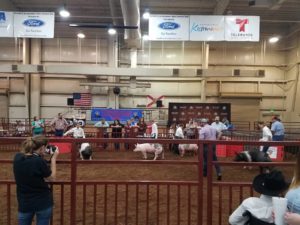 Getting Started Showing: There are many factors that will insure a positive and rewarding result from a show project, but there is no arguing the importance of a proper, hassle free start. Here are 5 very important items to insure the opportunity for a positive start.
Getting Started Showing: There are many factors that will insure a positive and rewarding result from a show project, but there is no arguing the importance of a proper, hassle free start. Here are 5 very important items to insure the opportunity for a positive start.
Housing:
No matter the species, proper housing is key. Insuring a draft free and dry place to get refuge is essential during the cooler months. Heat lamps are an aid in keeping smaller animals warm but at no time is a totally enclosed facility with stale air acceptable as it promotes sickness. On the contrary, during warm seasons, animals need shade from the sun and a place to stay cool. Access to fresh, clean water is also a must as it is critical to maintain a healthy animal.
Selection:
Always chose an animal that’s age and weight will be optimal to the industry and showring, while complying with the rules of the show. Seek advice from a reputable breeder, Ag Agent, or seasoned veteran for assistance to select the correct animal.
Feeding:
Starting you project with proper nutrition is a must. All show feeds have a suggested feeding information to match the needs of genetics and age to maximize results. Keep feed fresh and encourage a strict feeding schedule to promote a consistent appetite. Feed their potential.
Daily Care:
It is very important to work with animals daily to train them to be show animals. Routine exercise, brushing, and mimicking “show day” will not only keep your animals relaxed and prepared for the big day, but will also increase your showmanship skills at the same time.
Vet Care:
If your animal ever refuses to eat or appears to be sick, always keep a thermometer handy and the contact information to a qualified veterinarian. They will always ask some preliminary questions and body temperature will be a vital one for diagnosis and treatment.
In conclusion, for more tips on Getting Started Showing, visit Kissimmee Valley Feed. Check out our Show Feed Selection here.
Article Source: Nutrena’s Blog





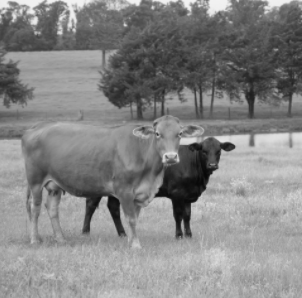 Water, shade and the right nutrition can help mitigate heat stress in cattle.
Water, shade and the right nutrition can help mitigate heat stress in cattle.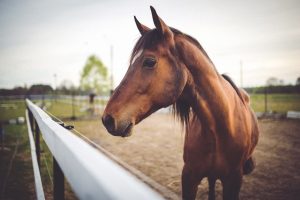
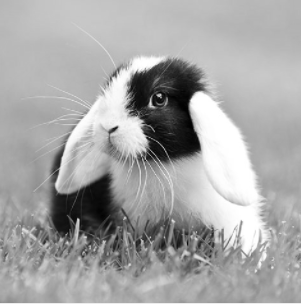 Prepare Your Rabbits for Changing Seasons: Temperature can have a profound effect on feed intake in rabbits.
Prepare Your Rabbits for Changing Seasons: Temperature can have a profound effect on feed intake in rabbits.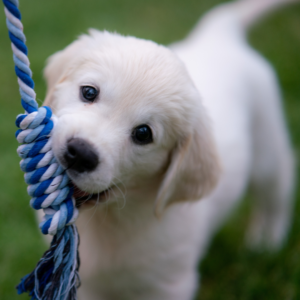 Puppy Adoption Guide: Puppy adoption can be the best time of your life and certainly the best time (so far!) of your puppy’s life. But the process isn’t without stress. Questions and uncertainty abound, especially if this is your first time adopting a puppy. What kind of puppy food should you get? Is puppy food actually that different from adult dog food? When should puppy potty training happen, and how do you handle the inevitable messes? What about leash training and socialization? You’ll likely have dozens of questions about puppy adoption, which is why we’ve assembled a number of tips for puppy adoption to help you and your new pal get off on the right…paw.
Puppy Adoption Guide: Puppy adoption can be the best time of your life and certainly the best time (so far!) of your puppy’s life. But the process isn’t without stress. Questions and uncertainty abound, especially if this is your first time adopting a puppy. What kind of puppy food should you get? Is puppy food actually that different from adult dog food? When should puppy potty training happen, and how do you handle the inevitable messes? What about leash training and socialization? You’ll likely have dozens of questions about puppy adoption, which is why we’ve assembled a number of tips for puppy adoption to help you and your new pal get off on the right…paw.